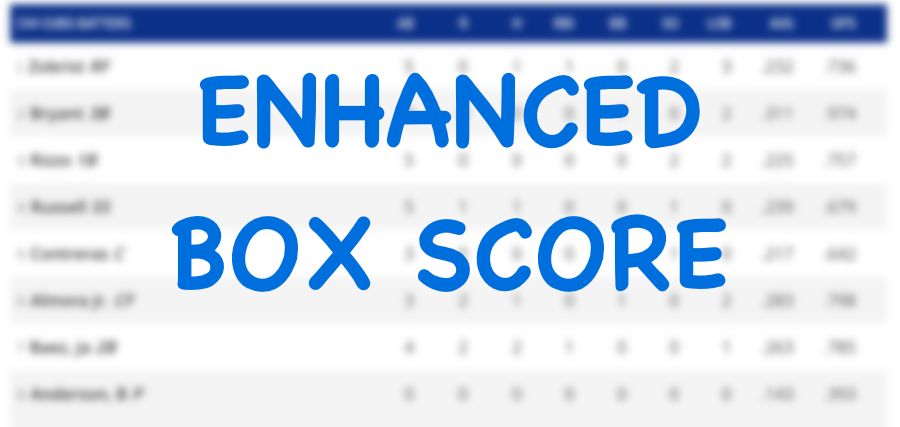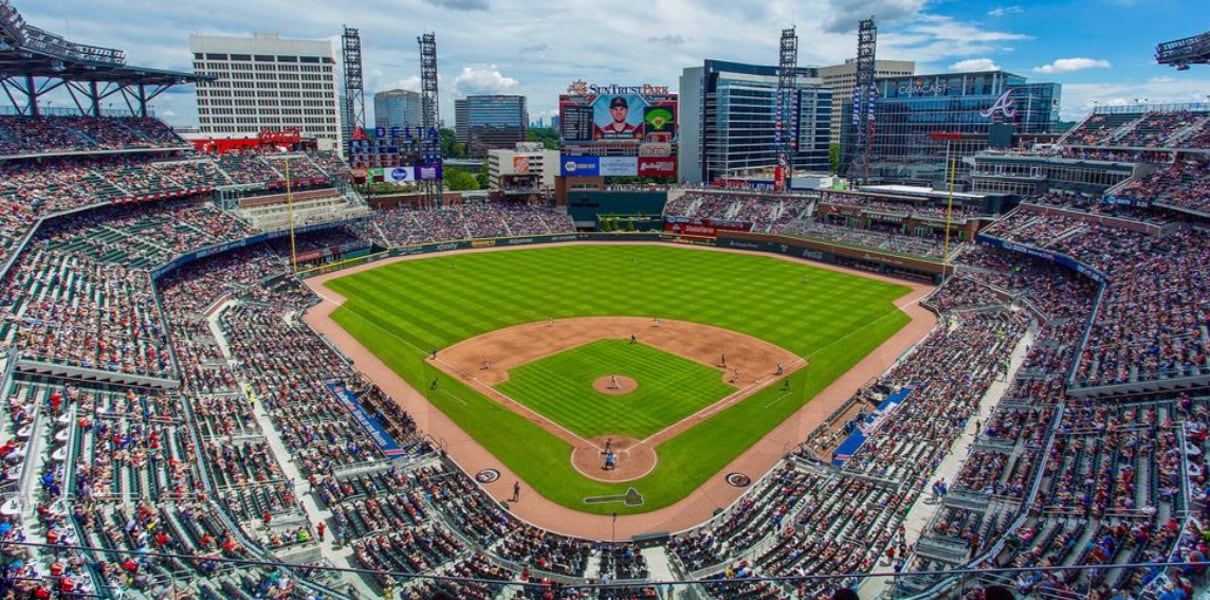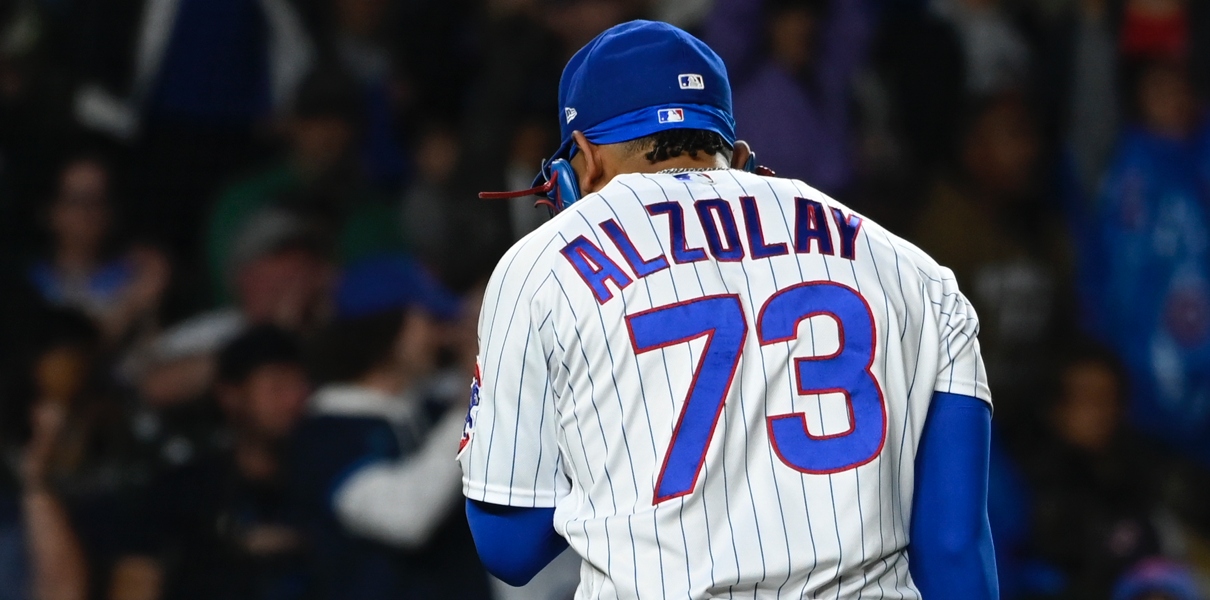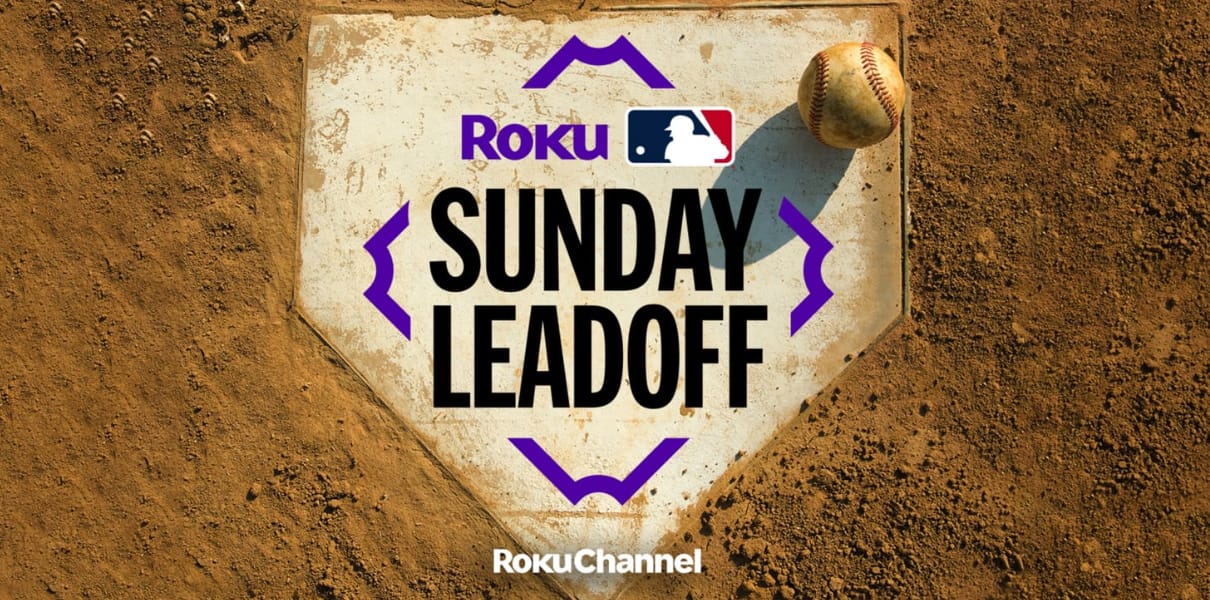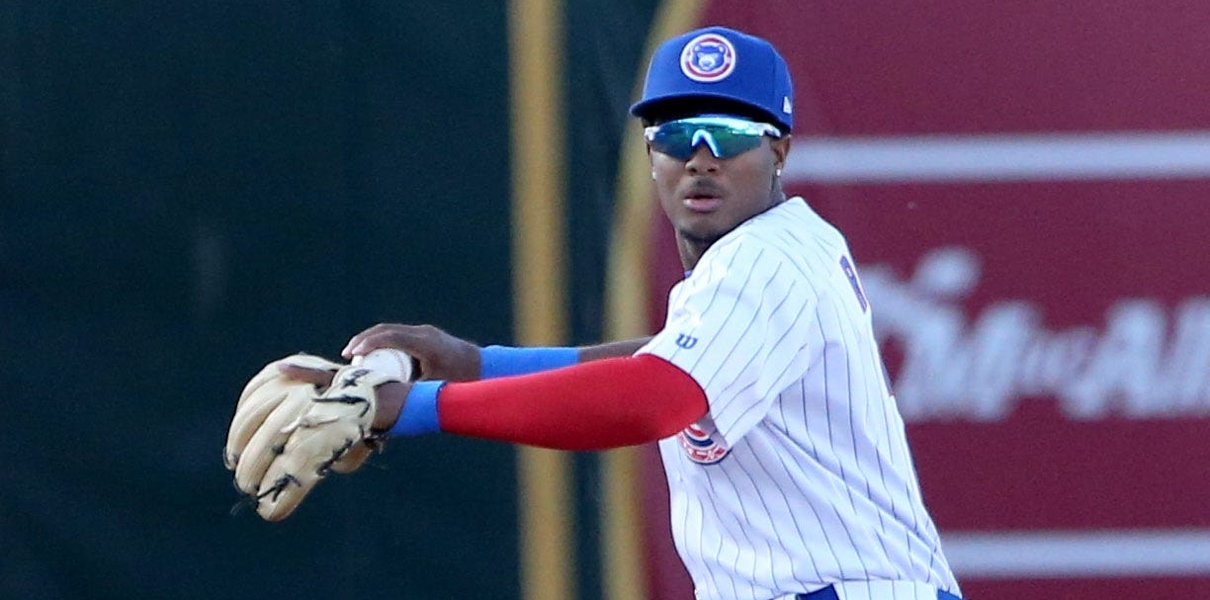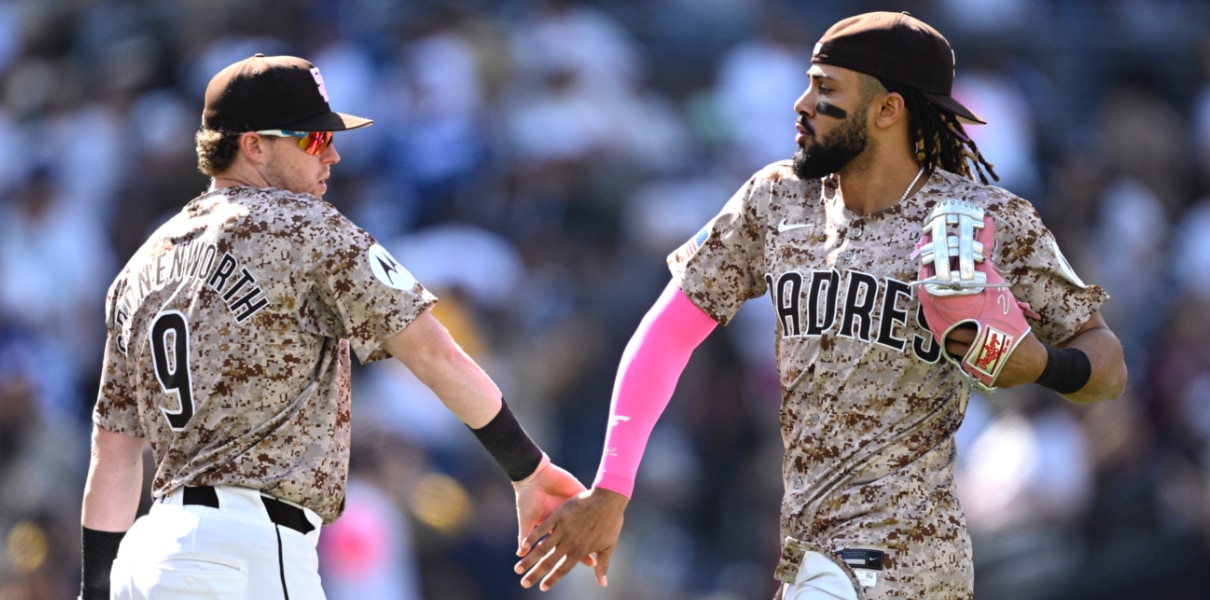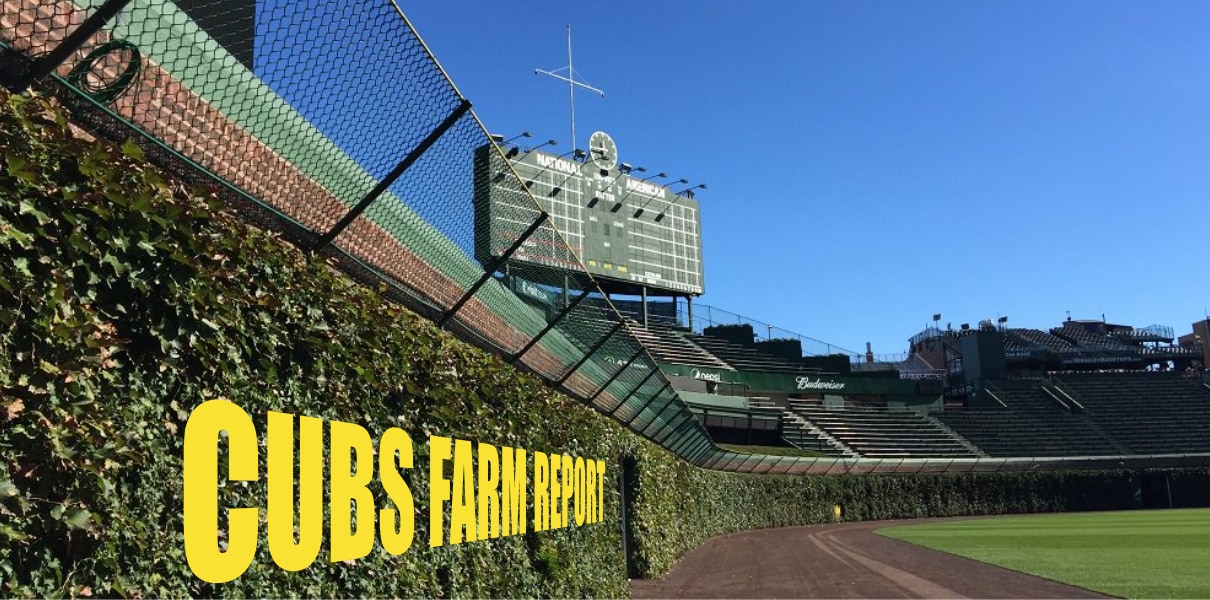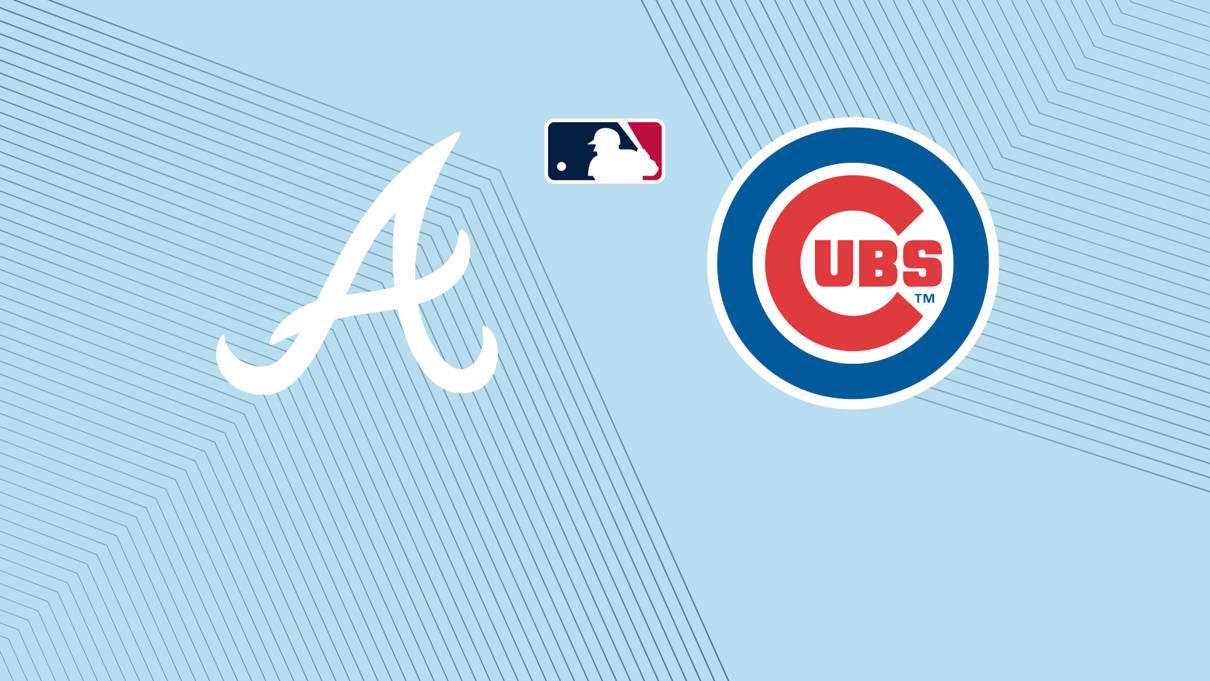Defensively, we know from the more common metrics (and our eyes) that the Chicago Cubs were pretty good this year. Their team UZR was top five in the NL, and UZR/150 was tops in the NL. Their 23 DRS were fourth in the NL, and sixth in all of baseball. Their .986 fielding percentage, if you go in for such things, was tied with the Reds for tops in the NL.
The general point there is that, by most measures you’d casually check out, the Cubs had a good defense as a team.
But what about at an individual level? Did anyone really stand out in surprising ways by the metrics?
To that end, I dug into a trio of useful advanced defensive metrics to see what there was to see: Outs Above Average at Statcast, Defense Runs Saved at FanGraphs, and Ultimate Zone Rating/150 at FanGraphs. (Outside of Willson Contreras, whose framing explosion transformed him into a clear top five defensive catcher in baseball overall, and which we’ve discussed many times before. I’ll also leave out Anthony Rizzo and Jason Heyward, because they landed pretty much exactly where you’d expect: very solid, nothing shocking in either direction.)
Nico Hoerner. If you want one big takeaway from the defensive side of things in this shortened season, it’s that Hoerner’s metrics at second base matched the eye test. That eye test told you that Hoerner had the potential to be very, very good at second base, because he was already playing very well there, with pretty limited experience at the position.
On a metrics basis, Hoerner was among only 10 infielders to post a 5 or better OAA at Statcast. Four of those OAA came at second base, where he was tied for third most in all of baseball. By DRS, his 5 was 6th in baseball at second base. Among regulars at second, his 2.6 UZR/150 was a less impressive 13th in baseball. Overall, though, the metrics agree that Hoerner was above-average defensively this year, and possibly very much so.

Although this year strongly suggested that Hoerner could benefit from some time at AAA to work at the plate, the glove is clearly big-league ready.
Not to give Hoerner’s double play partner short shrift, but you already know it: Javy Báez posted 4 OAA at Statcast, one of the best in the league. His 7 DRS were third in baseball at shortstop. Only UZR/150 didn’t love Javy, rating him 14th among regulars (1.7).
For all the early talk about Kris Bryant‘s impressive defensive season – and it did look impressive to the eyes – all three metrics rated him middle-of-the-pack at third base. Certainly not bad by any measure, but also not as impressive as the eyes suggested. To be fair, Bryant often gets criticized for being below average at third base, and that’s really not accurate. He’s fine there.
And he’s apparently much better than his back-up defensively?
The laggard in the infield, by far, was David Bote. His overall work earned him a -4 OAA, better than just two other infielders in baseball, and -3 of that came in his time at third base. No defender rated worse at 3B by OAA. Both DRS (-2) and UZR/150 (-7.7) agreed that Bote was terrible defensively this year, so even if you don’t believe we can know the precise gradations of “terrible” in a short season like this (and I really don’t think you can proclaim “worst in baseball” on a season like this), you can say with confidence that Bote was pretty bad at third base this year.
Which … is weird, given his scouting reports, and earlier career work at the position. If this were a real issue that persisted, it would instantly become a lot easier to regard Bote as clear a bench guy, regardless of what happens with his bat. I really don’t yet know what to make of it.
In the outfield, it’s notable that Ian Happ was rated by all three metrics around average or slightly below (0 OAA, -2 DRS, -1.6 UZR/150). That’s probably about what you expected, and it’s good to have another year of data that suggests he’s not going to kill you in center field.
However, it’s worth pointing out that, unlike many other positions, the difference between being slightly below average and being really good is a huuuuge difference in the numbers. That is to say, in a relative sense, the difference between being the 20th best defensive center fielder and the third best is a huge chasm in actual value. Like at shortstop and catcher, you can create a ton of defensive value in center field, and Happ probably never will.
In left field, Kyle Schwarber‘s metrics ranged from the worst in baseball (-4 OAA, lowest in baseball) to bad, but not close to the worst guys (-3 DRS, -2.5 UZR/150). I doubt that surprises you at this point. Schwarber isn’t one of those four or five outfielders that you just know is brutalizing you out there, but he’s also pretty bad overall. Great arm, a few decent reads, but mostly not good.




